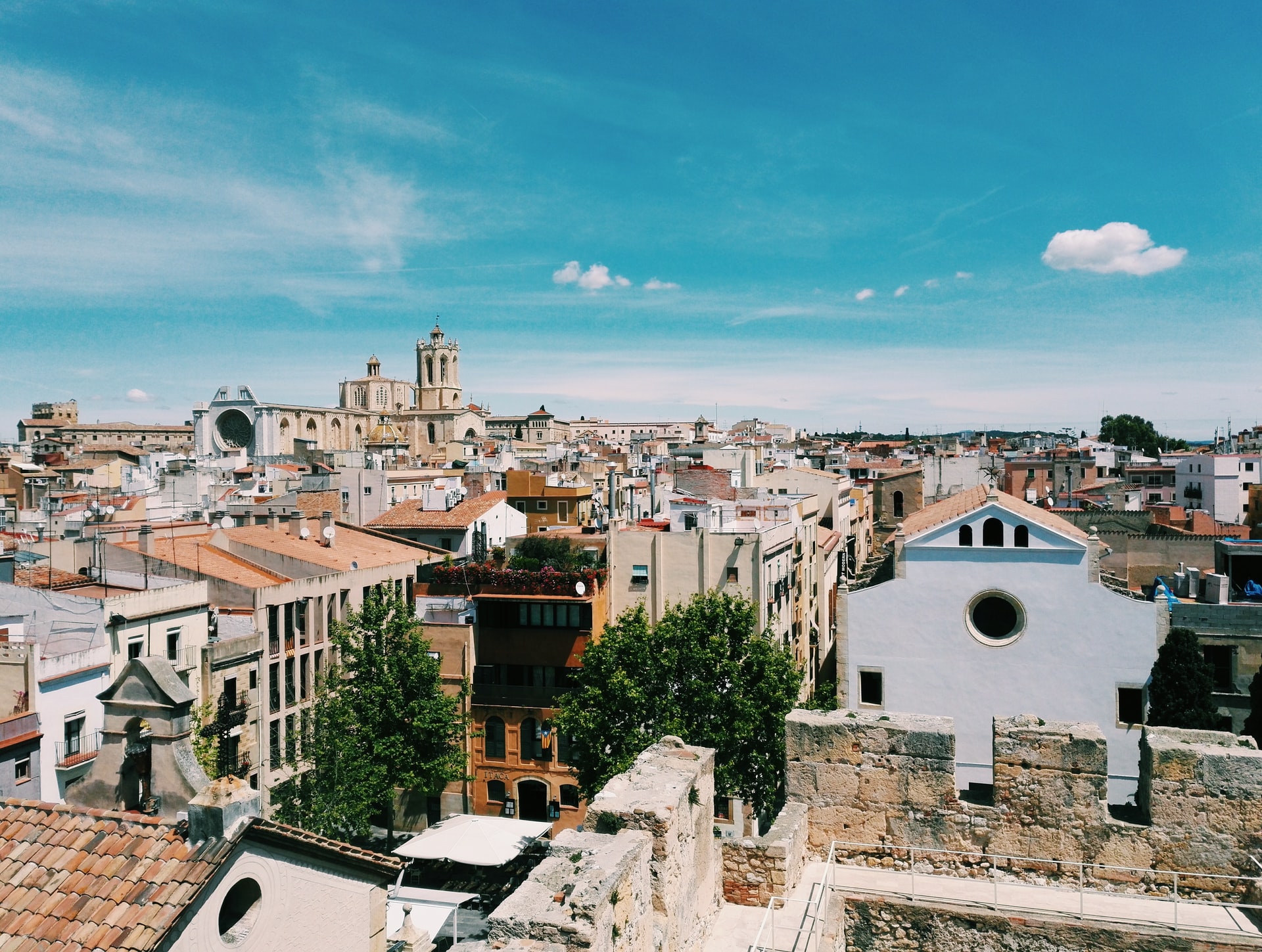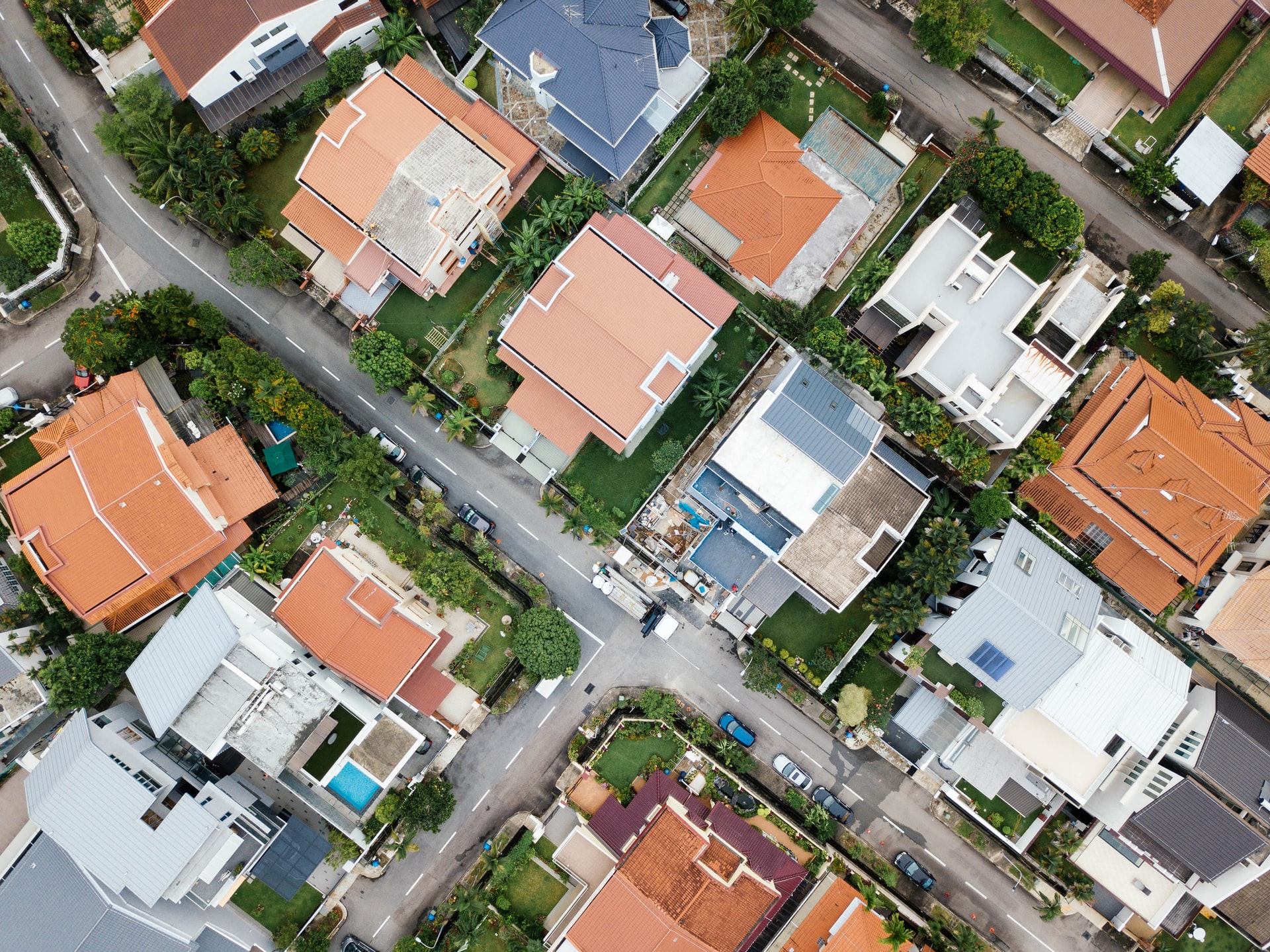Several considerations, including the kind of roofing involved, must be considered when choosing the correct sort of roof underlayment.
What Is Roof Underlayment And How Does It Work?
Roof underlayment guards against leaks by providing a thick layer. The sheeting’s quasi-breathable layer allows the humidity and air to exit. This feature protects the roof structure by providing a barrier at the areas where shingles and flashing clip-in.

Roof Underlayment Types
Each version has its own set of characteristics that make it ideal for specific roofing applications. Understanding the differences between different types of underlayment is crucial to selecting the best decision.
There are three primary types of underlayment: Non-bitumen synthetic (synthetic felt paper), which does not contain asphalt, asphalt-saturated felt (felt paper), asphalt-saturated felt (felt paper), asphalt-saturated felt (felt paper), asphalt-saturated felt (felt paper), asphalt-saturated felt (felt paper), Asphalt that has been rubberized
Asphalt-saturated Felt (Felt Paper)
Asphalt-saturated felt is the best choice for steep, sloping roofs that require a lot of water resistance. This sort of underlayment, while not waterproof, provides acceptable protection in high-humidity settings.
30-pound felt is a good option when trying to protect the roof for an extended period of time. Asphalt-saturated felt is measured in pounds and comes in 15 and 30-pound thicknesses. Because this weight is firmer and thicker, it can survive the elements better.
Certain felt underlayment products use plant natural fibers (cellulose), while others use fiberglass substrate. Because it is made of plant-based materials, cellulose base underlayment is also known as “organic” underlayment.
The sheeting’s semi-breathable membrane allows air and humidity to escape.
Roof underlayment protects against leaks by providing a thick layer. This feature protects the roof assembly by providing a seal at the areas where flashing and shingles tack in.
Rubberized Asphalt
Rubberized membranes have the added virtue of being waterproof. Contractors use this type of membrane to prevent water damage. However, because it contains greater levels of rubber polymers and asphalt, this type of underlayment is more expensive than others.
The membranes have an adhesive that adheres to the deck’s surface. Manufacturers use a variety of rubber materials to create long-lasting roof underlayment solutions. Rubberized asphalt underlayment also has good sealing capabilities. Some products have a mineral coating or another coating designed specifically for high-temperature conditions on the upper surface.
Rubberized asphalt underlayment with fiberglass reinforcement is also available.
The materials improve the roof underlayment’s weather resistance and non-skid properties. Manufacturers may apply a polymer layer to the upper surface to improve moisture resistance. On the upper surface of some items, there is a polyester or polyethylene layer.

Non-Bitumen Synthetic
A synthetic sheet runs the length of the plywood roof deck, protecting the rafters. Its benefits include:
- Material that is light in weight
- Extremely strong
- Inhibition of fungal growth
- Surfaces that are wrinkle-free
- UV (ultraviolet) protection against the sun
- Superior moisture resistance
The use of asphalt and fiberglass improves the stability and tear resistance of the roof underlayment.
To increase the function of the membrane, this type of underlayment takes advantage of the protective properties of synthetic polymers like polypropylene and polyethylene.
Roofing is our heritage, and perfection is our tradition; for reservations and additional information, please contact us.


